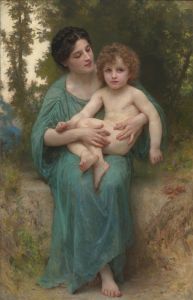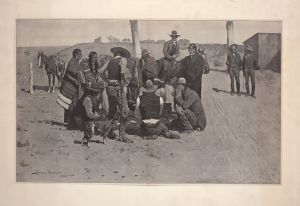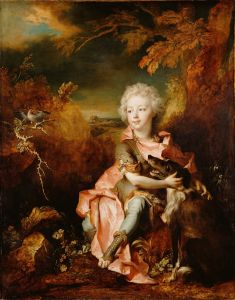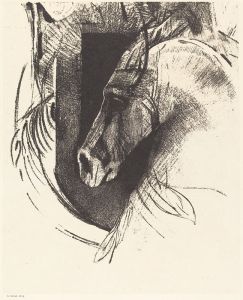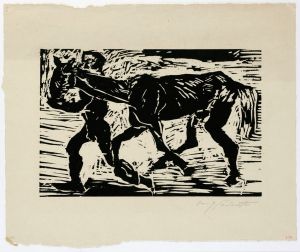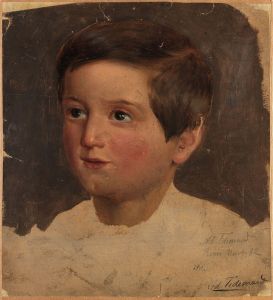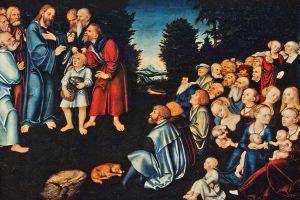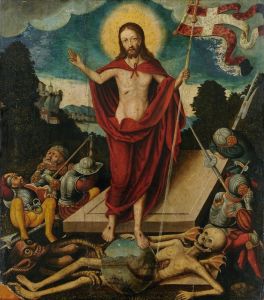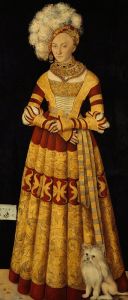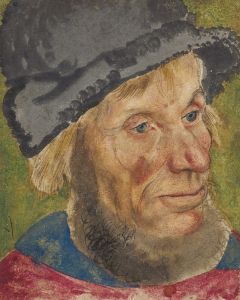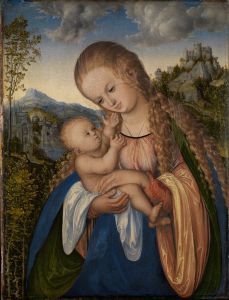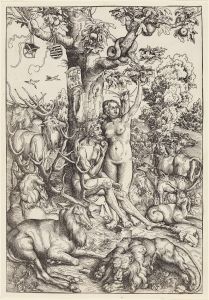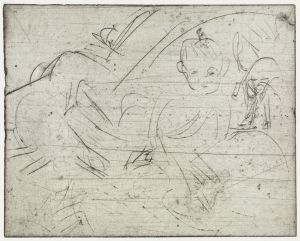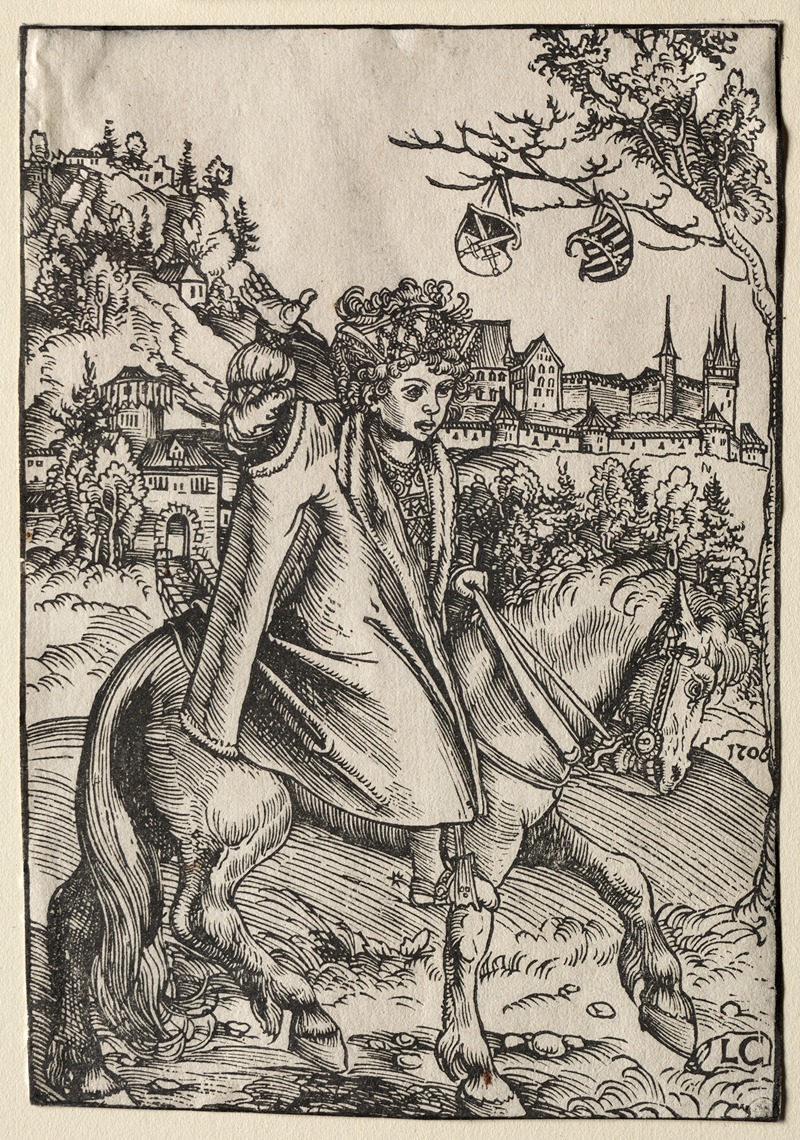
A Boy on Horseback
A hand-painted replica of Lucas Cranach the Elder’s masterpiece A Boy on Horseback, meticulously crafted by professional artists to capture the true essence of the original. Each piece is created with museum-quality canvas and rare mineral pigments, carefully painted by experienced artists with delicate brushstrokes and rich, layered colors to perfectly recreate the texture of the original artwork. Unlike machine-printed reproductions, this hand-painted version brings the painting to life, infused with the artist’s emotions and skill in every stroke. Whether for personal collection or home decoration, it instantly elevates the artistic atmosphere of any space.
Lucas Cranach the Elder, a prominent German Renaissance painter, is known for his distinctive style and contributions to the Northern Renaissance. One of his works, "A Boy on Horseback," exemplifies his skill in capturing both human and animal figures with precision and grace. However, specific information about this painting, such as its creation date, current location, or detailed historical context, is limited.
Cranach was born in 1472 in Kronach, Germany, and became a leading figure in the art world during the early 16th century. He was a court painter to the Electors of Saxony and was known for his portraits, religious scenes, and mythological subjects. His work often featured elongated figures, attention to detail, and vibrant colors, characteristics that were prevalent in the Northern Renaissance.
"A Boy on Horseback" likely reflects Cranach's ability to depict movement and life, capturing the essence of both the rider and the horse. His paintings often included intricate backgrounds and a keen observation of nature, which may also be present in this work. Cranach's ability to convey texture and depth would have been evident in the rendering of the horse's mane and the boy's clothing.
While specific details about "A Boy on Horseback" are scarce, Cranach's oeuvre provides insight into the themes and styles he favored. His works often explored themes of power, innocence, and the natural world, which might also be reflected in this painting. The depiction of a boy on horseback could symbolize youthful vigor or a connection to nobility, as horseback riding was often associated with the elite during the Renaissance period.
Cranach's influence extended beyond his paintings; he was also an entrepreneur and a friend of Martin Luther, playing a significant role in the Protestant Reformation. His workshop was prolific, producing numerous works that were widely distributed, which helped disseminate the ideas of the Reformation. This connection to significant historical events underscores the cultural importance of his work.
In summary, while detailed information about "A Boy on Horseback" is not readily available, it can be appreciated within the broader context of Lucas Cranach the Elder's artistic legacy. His contributions to the Northern Renaissance and his role in the cultural shifts of his time make his works, including this painting, significant in the study of art history. Cranach's ability to capture the human experience with elegance and precision continues to be celebrated, and "A Boy on Horseback" is a testament to his enduring influence.





